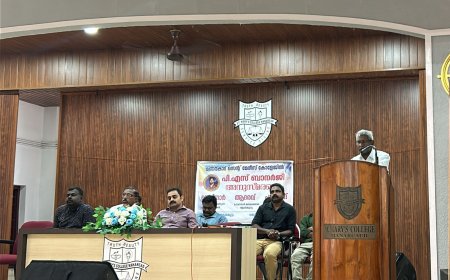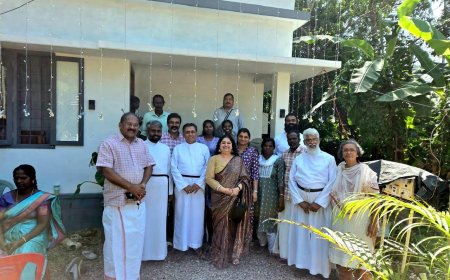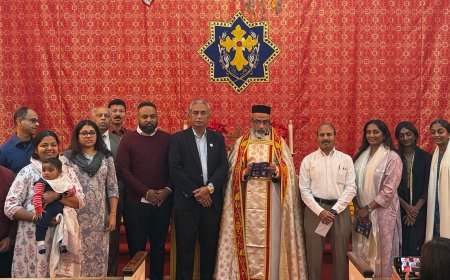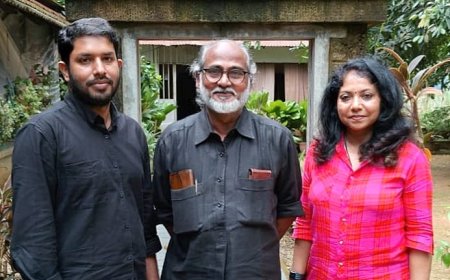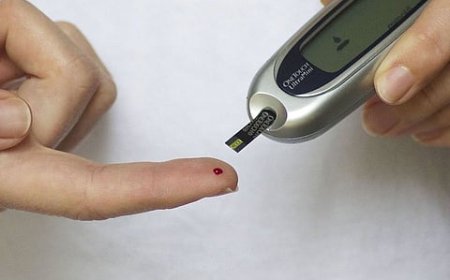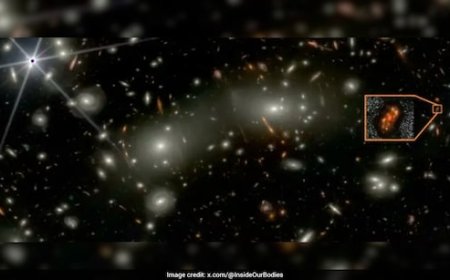Earth gets laser-beamed message from 10 million miles away
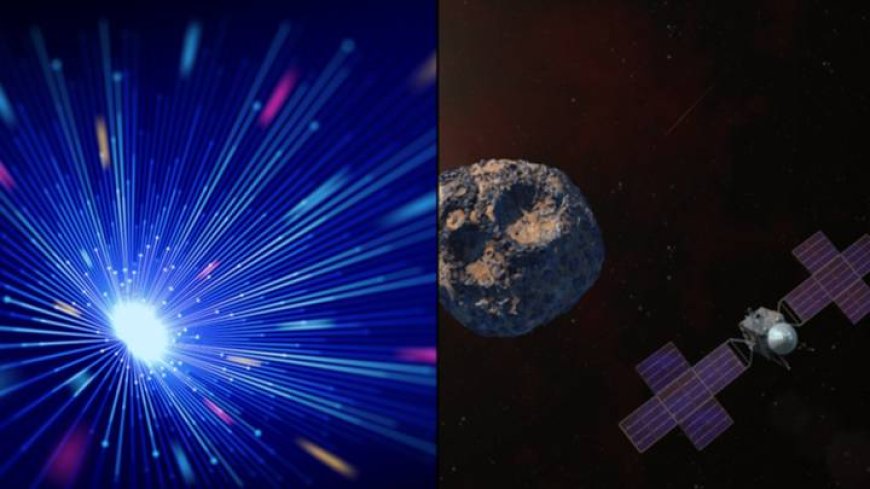
NASA'S Deep Space Optical Communications (DSOC) experiment has successfully transmitted a near-infrared laser beam encoded with test data across the vast expanse of space, covering a distance of nearly 10 million miles — approximately 40 times the distance between Earth and its moon.
This remarkable transmission was received by the Hale Telescope located at Caltech's Palomar Observatory in San Diego County, California, marking the farthest-ever demonstration of optical communications to date.
The technology is integrated into Nasa's Psyche spacecraft, which embarked on its journey to the asteroid belt on October 13. The spacecraft's mission is to explore the metal-rich asteroid Psyche 16, but it also plays a crucial role in testing DSOC's high-bandwidth communication capabilities over the next two years.
The initial success, referred to as "first light," occurred on November 14 when DSOC's flight laser transceiver, an advanced piece of equipment aboard the Psyche spacecraft, locked onto an uplink laser beacon from JPL's Table Mountain Facility.
This beacon served as a guide, allowing the transceiver to direct its laser back to Earth, specifically to the Palomar Observatory. Sophisticated automated systems on both the transceiver and ground stations meticulously adjusted the aim for precision.
Trudy Kortes, director of Technology Demonstrations for the Space Technology Mission Directorate at Nasa Headquarters, emphasised the significance of this milestone. She stated that achieving first light is a step towards establishing higher-data-rate communications that could revolutionize the transmission of scientific information, high-definition imagery, and even streaming video, ultimately supporting ambitious human endeavors such as the exploration of Mars.
During the test, data was sent back and forth between the uplink and downlink lasers, a process known as "closing the link," which is a key goal of the DSOC experiment. Although the current demonstration does not involve transmitting actual mission data from Psyche, the DSOC team coordinates closely with the Psyche mission-support team to ensure seamless operations.
Meera Srinivasan, operations lead for DSOC at JPL, acknowledged the complexity of the test, which required the integration of ground assets and the flight transceiver. She praised the collaborative effort between the DSOC and Psyche operations teams, which led to the successful transmission, reception, and decoding of data, albeit briefly.
With the first light milestone achieved, the team will now focus on perfecting the systems that control the pointing of the downlink laser. The ultimate objective is to demonstrate sustained high-bandwidth data transmission from the spacecraft to Earth at varying distances.
The technology, if used in other missions, could lower the pressure on the Deep Space Networks used across the world to communicate with far away missions as countries launch bigger probes, and satellites into outer space.






